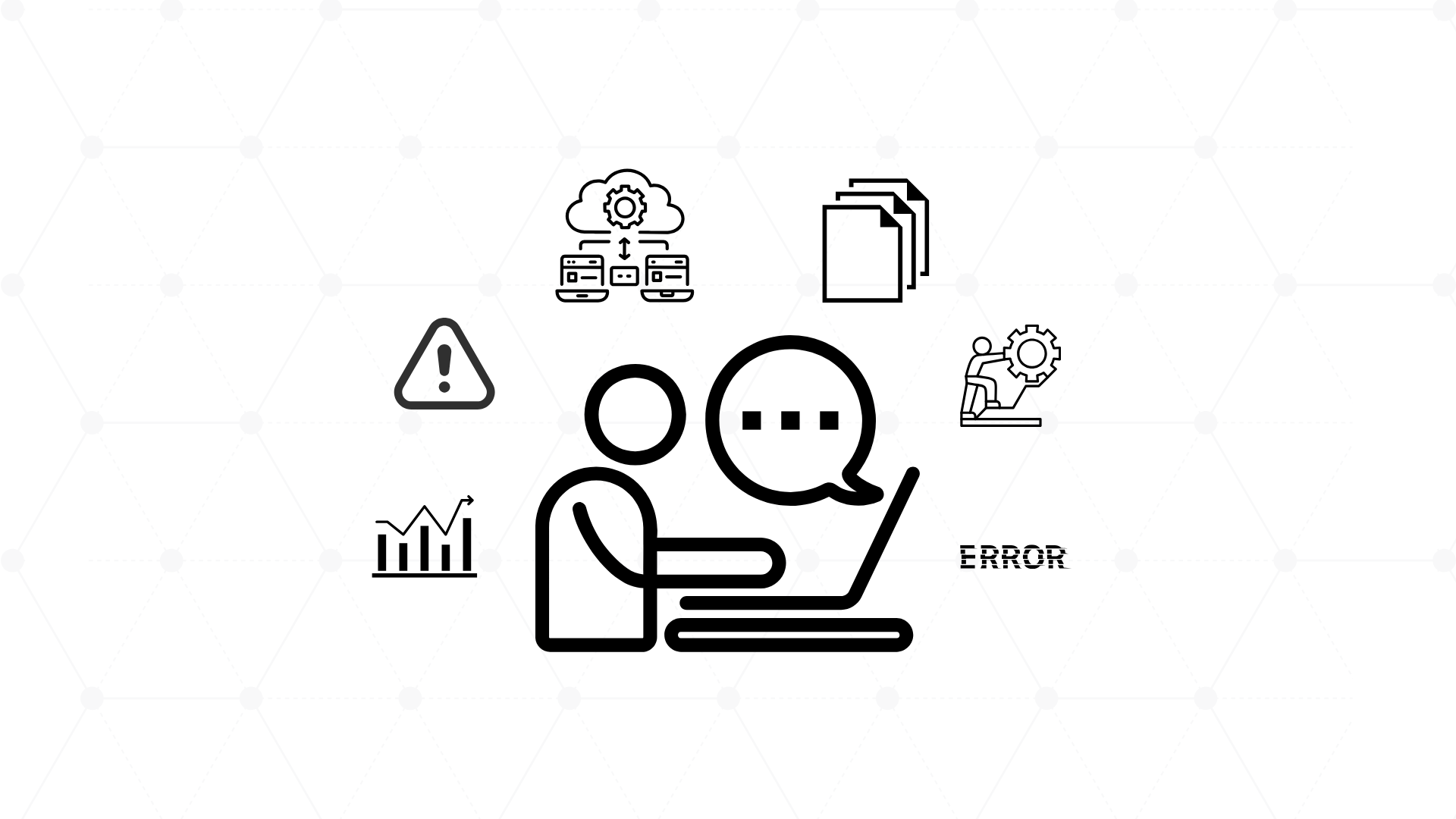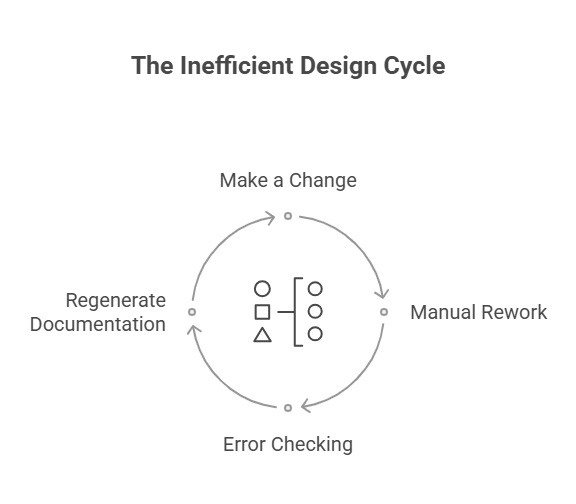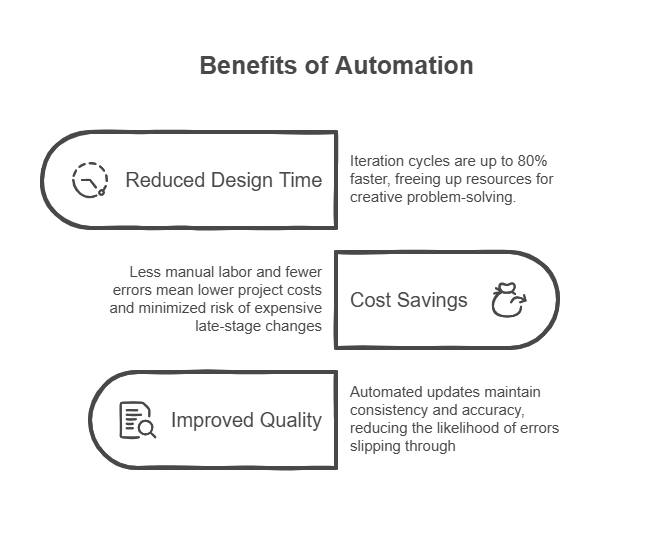


“Can we make the windows bigger?”
“What if we move the staircase?”
“Actually, let’s try a different color palette…”
If you’ve ever worked in design, architecture, or engineering, you know that client changes aren’t just possible, they’re inevitable. But what if you could turn those dreaded change requests into opportunities for creativity, speed, and collaboration? Welcome to the world of parametric workflows, where iteration is effortless and every “what if” is just a click away.

In conventional design workflows, every change, no matter how minor, can cascade into hours or days of manual rework. Designers must painstakingly adjust each affected element, check for errors, and regenerate documentation. This process is not only slow but also prone to mistakes, especially as projects grow in complexity.
Parametric design flips this paradigm. By defining models through parameters and relationships, designers can embed flexibility into the very fabric of their projects.
Change a single parameter like the width of a beam or the height of a façade and the entire model updates automatically, propagating the change throughout all
dependent elements.
This approach is akin to using formulas in a spreadsheet: update one cell, and all related calculations adjust instantly. In design, this means you can accommodate client requests in real time, with minimal manual intervention.
The true power of parametric workflows lies in their ability to accelerate iteration. When a client requests a change, designers can:
This quick feedback loop not only saves time but also empowers clients to be more involved in the design process, fostering a collaborative “design conversation” that leads to better outcomes.

Parametric workflows don’t just make designers’ lives easier, they deliver tangible business benefits:
Parametric models serve as a single source of truth for multidisciplinary teams. Changes made by one stakeholder are instantly visible to all, streamlining communication and ensuring everyone is working from the latest version.
“When the client changes their mind” is no longer a phrase that strikes fear into the hearts of designers and engineers. With parametric workflows, change becomes an opportunity for innovation, collaboration, and improved outcomes. The ability to iterate rapidly means you can say “yes” to client requests with confidence, delivering better designs, faster, and with fewer headaches.
And if you’re ready to build workflows that turn change into your competitive edge, now is the time to start.
Explore how we can help your team work smarter, not harder.
Book a free 30-minute call with us to discuss your project:
Schedule here on Calendly
